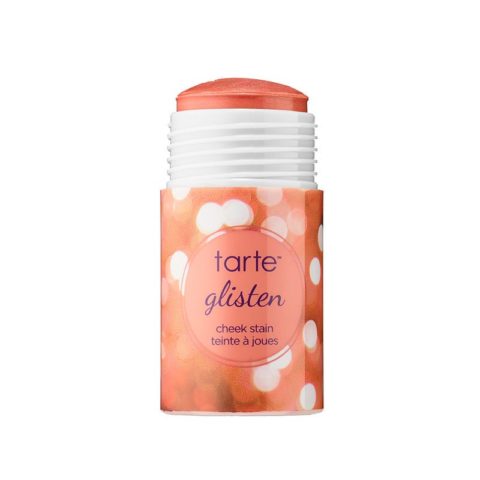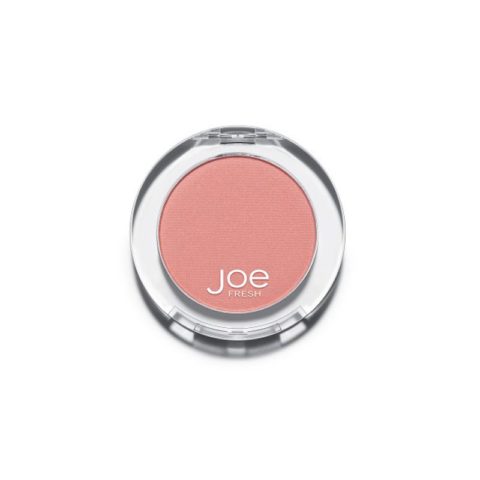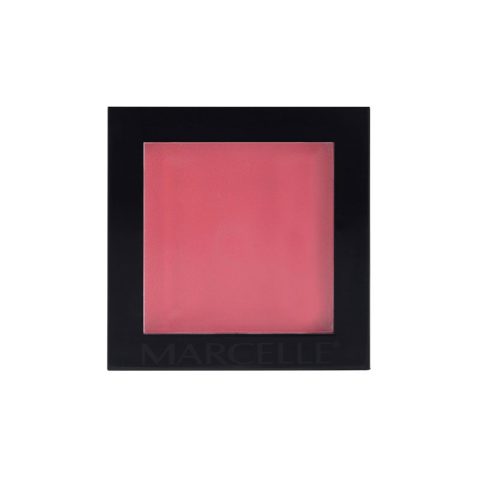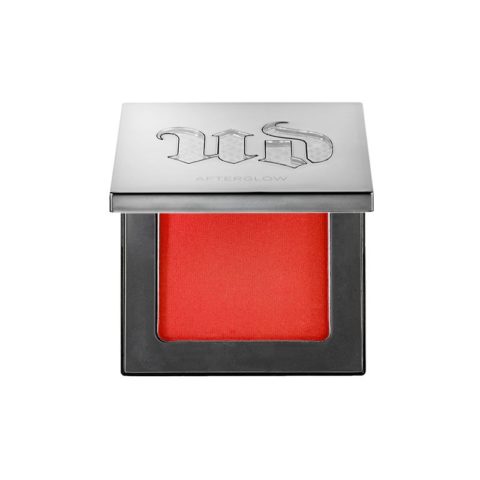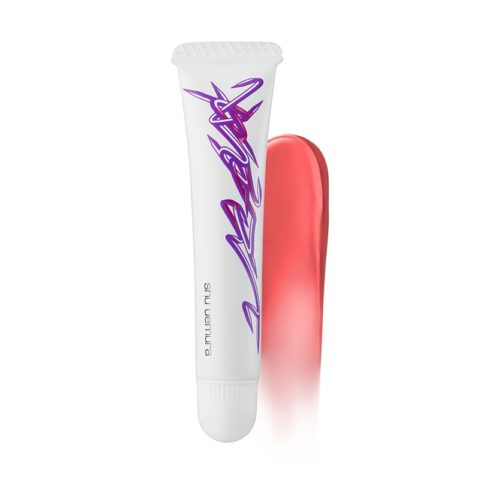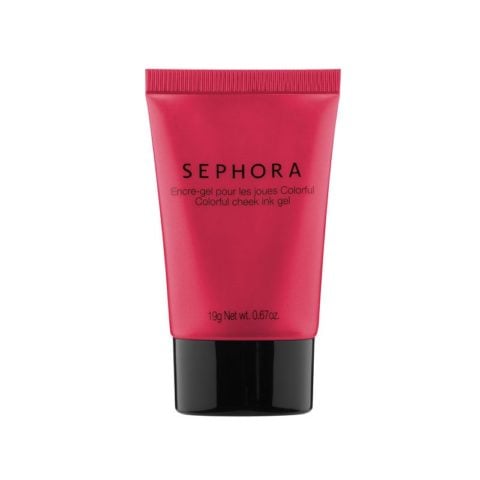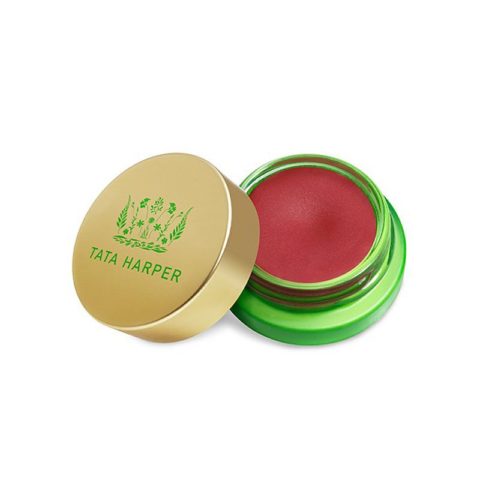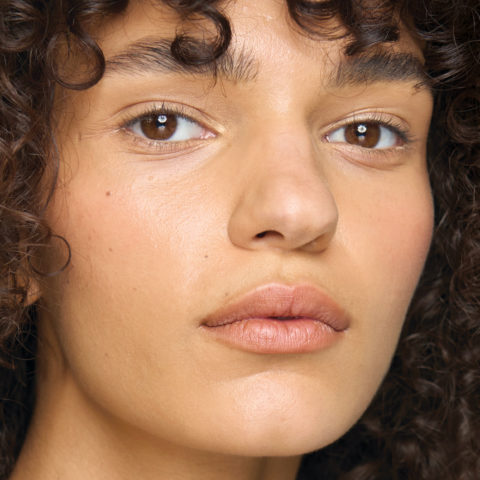How to choose the best blush for you (from shade to formula and more)
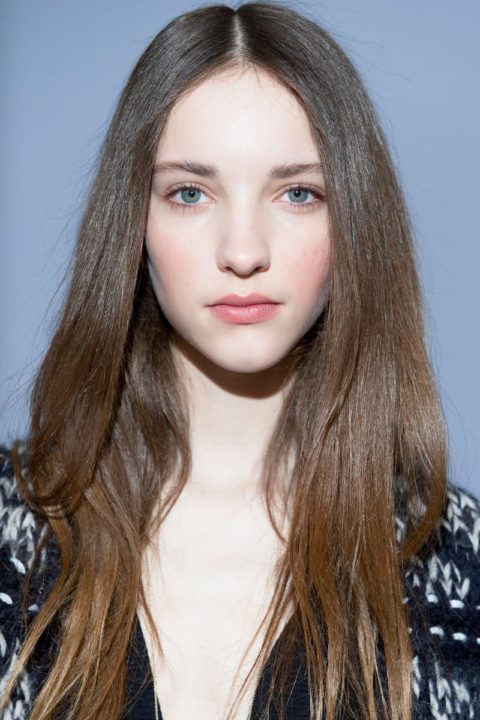
Whether it’s vigorous exercise, embarrassment, an orgasm or extreme temperatures, our body’s response is one and the same: to blush. And that physical reaction of heat rising to our cheeks creating a distinct flush is something that only humans can claim.
As long as we’ve been painting our faces, we’ve been mimicking this effect. “Blush can lend an aura of health, youth and vitality, and it helps to balance the face,” says makeup artist Troy Surratt. It’s that youthful flush that was widely recreated on the fall runways. At Ralph Lauren, Tom Pecheux went for a hyper-natural, barely-there golden blush; at Michael Kors, Chloé and Donna Karan, models were bestowed with rosy pink cheeks that simulated the effect of a brisk winter walk or a winding turn down the ski slopes; and at Tibi, flossy cheeks were offset by similarly bubble gum-hued lids and lips. Even at Chanel’s haute couture show, where blush was swept with a heavy hand below the cheekbones and up to the temples, mirroring the angled direction of the dramatically bobbed wigs, it still bore a girlish exuberance.
“As we mature we lose that natural flush in the face and the definition, since our skin is not as full of collagen as it once was,” explains Surratt. “Blush can help restore that and have an uplifting effect.” But to capture youth rather than accentuate aging skin, makeup artist Pati Dubroff says you should avoid certain areas. “The crow’s feet and laugh lines are no-go zones,” she says. “The best trick is to look into a mirror and give a big, cheesy smile. Apply blush right on the apples of the cheeks, making sure not to bring it too close to the nose, otherwise it narrows the face.” For a bit of a lift, Surratt recommends his preferred blush formation, which he likens to a sideways comma. “Sweep it over the fleshiest, roundest part of the cheek and flick it up toward the temple,” he says. Blush wielded in this manner can be a more flattering way to give the face dimension than traditional contouring.
Finding the right shade of blush is just as important as its placement. “For blondes, redheads and cool skin tones, I love the colour of roses or even blood tones, and for darker skin tones a warmer orange because you are in fact creating the feeling of extra blood coming to the surface,” says makeup artist Alice Lane.
Powder blush remains the most classic option, but for a dewier glow it’s all about cream. “They blend beautifully and the formulations are easy to use,” says Surratt. Just pat them in with your fingertips and build slowly. Dubroff swipes a powder on top for more staying power. Finally, apply the blush in natural light, says Lane, rather than in the glow emitted from millennials’ mirror of choice: the front-facing camera. “No iPhone screens; they’re too harsh.”

